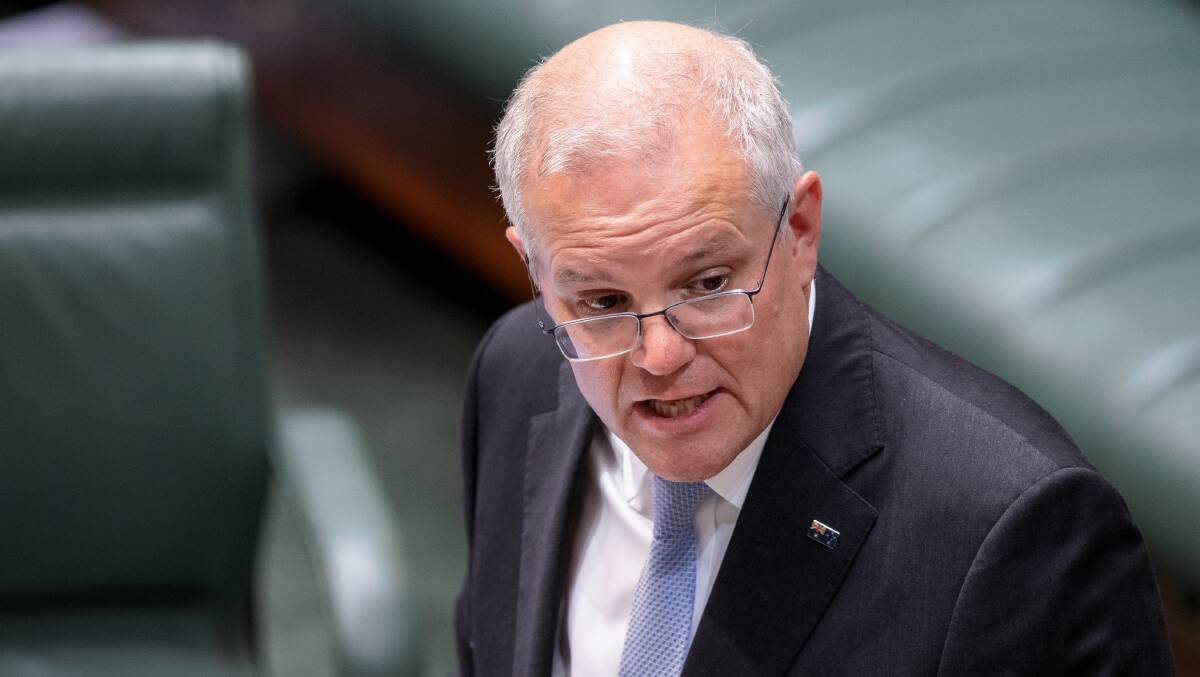
It would have made a lot of sense for Australian governments to commission purpose-designed and -built quarantine facilities in every state and territory at least 12 months ago.
Subscribe now for unlimited access.
$0/
(min cost $0)
or signup to continue reading
This could have prevented the Victorian second wave that claimed so many lives and shut the state down for months, and possibly have made the many other lockdowns, such as Perth over the weekend, unnecessary.
The trouble is we did not know then what we know now. Indeed, to its credit, the hotel quarantine system introduced by the federal government, in partnership with the states and territories, was light years ahead of what anybody else was doing at the time.
Hotel quarantine, for all its faults, has played a major role in keeping the country largely COVID-19 free, while allowing tens of thousands of expatriates to return home and most Australians to lead relatively normal lives.
The government's real failure, predicated on the mistaken belief the pandemic might burn out in six to eight months, was to assume the improvised and temporary solutions would be adequate to get us through to what, this time last year, Mr Morrison was euphemistically referring to as "other side".
This view was reinforced by the development of a range of effective vaccines in the latter half of 2020; years ahead of what anybody thought was possible. There was an almost unconscious assumption that once everyone had been vaccinated life would return to normal and, at worst, incoming travellers might have to self-quarantine at home.
We have since learnt vaccinating an entire population in short order is even more challenging than it might appear. There is currently no appetite to release incoming travellers from countries such as India directly into the community.
While the US and the UK have done a great job in inoculating their people, the virus is as prolific and as dangerous elsewhere as it has ever been. Record case numbers are being recorded every day, and the death toll is now well past the 3 million mark.
While ever the pandemic is this prolific it has great potential to morph into something different and possibly worse.
COVID-19 is entrenched in all areas of human activity. It has reshaped international travel and trade, plunged great powers into recession, even influenced how wars are being fought, and provoked the most remarkable and widespread medical and scientific response in history.
It is not, in other words, going anywhere soon. And even if COVID-19 were to flicker out and disappear two or three years from now, only the most blinkered optimist would be foolhardy enough to assume it would be the last global pandemic.
Hundreds of millions of lives were lost during the 20th century to the 1918 Spanish flu, the 1957 Asian flu, the 1968 Hong Kong flu, AIDS, and the 14-year cholera pandemic that began in 1961.
This century has already experienced three major viral outbreaks: SARS in 2002, swine flu in 2009, and now COVID-19. The pandemic danger will continue to escalate as populations increase and the world grows smaller.
This means there is a compelling argument to invest in purpose-built quarantine facilities (which may be designed to be adaptable to other uses when the world is plague free) that would effectively eliminate the risk of quarantine escapes.
Australia's current best-practice facility, Howard Springs, is a working demonstration of how to go about it. Getting people into free-standing accommodation that allows them to go outside for exercise without breathing their neighbour's exhalations is the model to follow.
Build it and let them come.
Our journalists work hard to provide local, up-to-date news to the community. This is how you can continue to access our trusted content:
- Bookmark canberratimes.com.au
- Download our app
- Make sure you are signed up for our breaking and regular headlines newsletters
- Follow us on Twitter
- Follow us on Instagram

